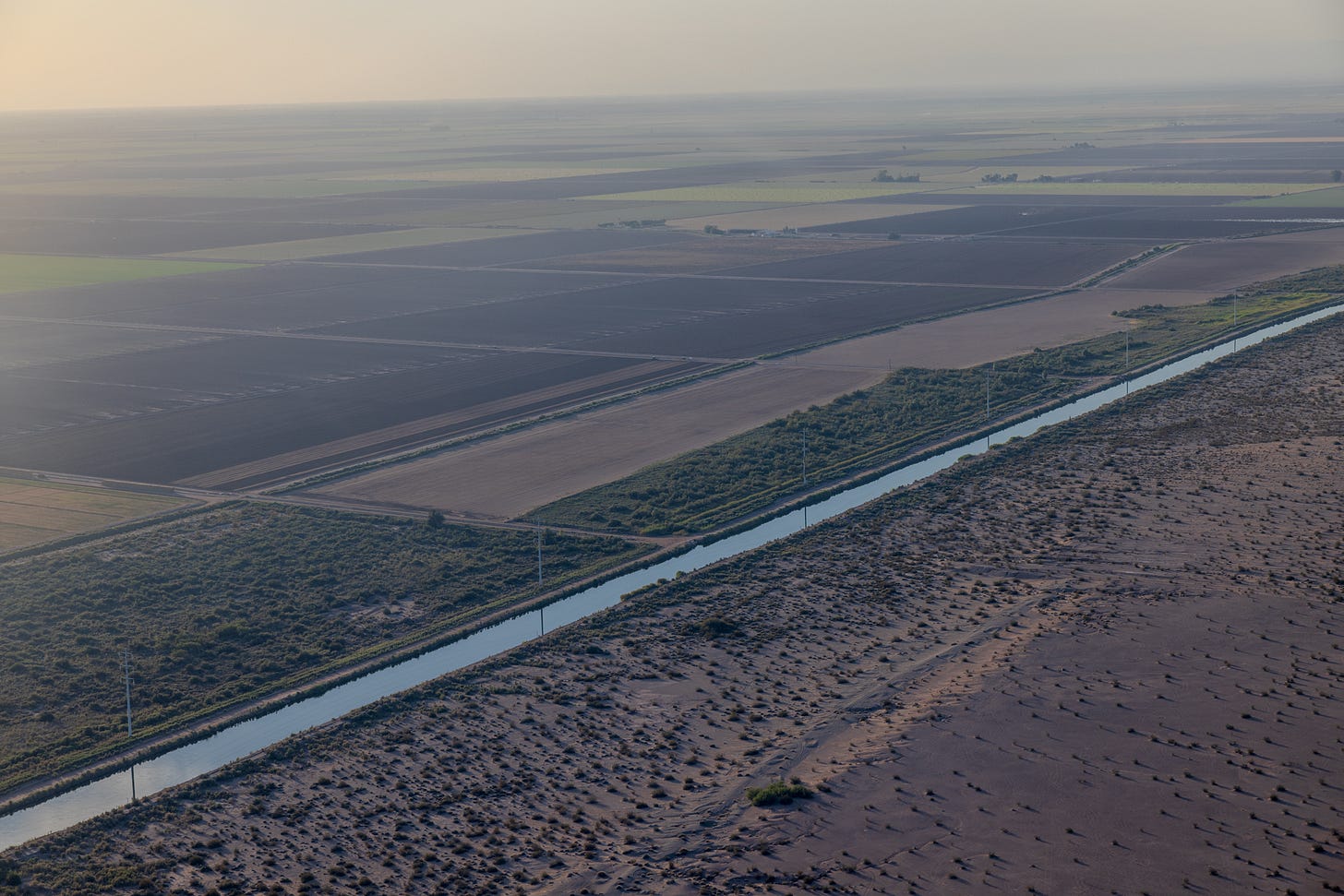What ChatGPT, Data Centers, and Steak Can Teach Us About Water Scarcity
From beef production to videos on social media, we're misjudging the real drivers of water use. Here's why outrage often misses the mark and what we should pay attention to instead.

Suddenly, everyone seems to be talking about how much water data centers use. The coverage, the tweets, the outrage, it all ramps up fast, and a lot of it hinges on numbers that sound big but aren't pl…
Keep reading with a 7-day free trial
Subscribe to All At Once by Dr. Len to keep reading this post and get 7 days of free access to the full post archives.

